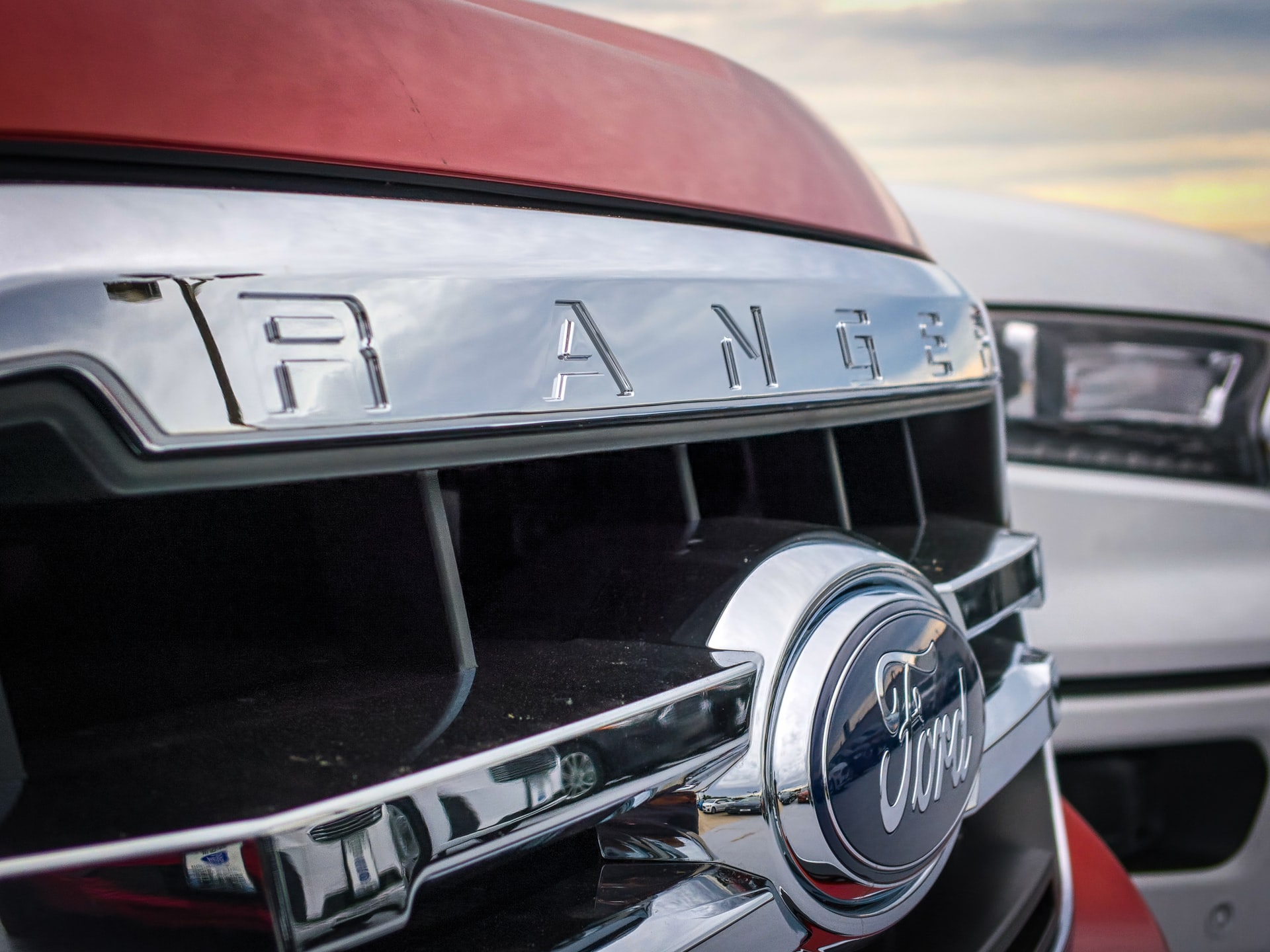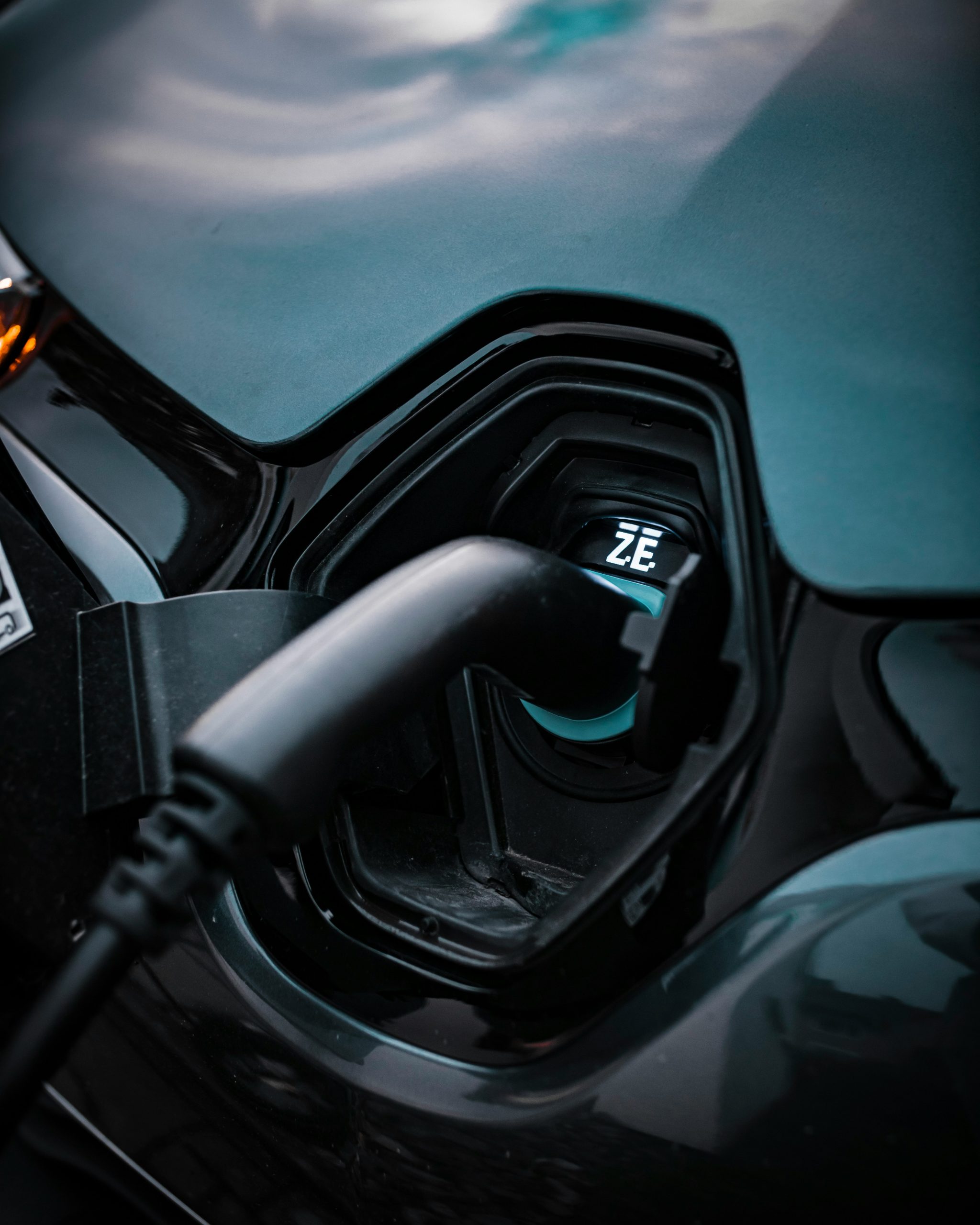Everyone remembers their family car growing up. You remember the way it smelled and how the seats felt. You remember arguing over the front seat and tossing your sports equipment in the trunk. And you remember, after a long day at school, how you’d doze off in the backseat as the radio played.
That vehicle did a lot of work. For a couple of hours in the day, it was your transportation, your lounge area, and your entertainment. As a parent now, it’s your turn to provide that vehicle for your family.
Although you may not have realized it until now, your parents put a lot of thought into what vehicle to choose. Like them, you want to pick the perfect automobile to safely and snugly transport your precious cargo. Unlike them, however, you have the internet at your disposal!
In this article, let’s discuss the four key considerations to make when shopping for the perfect family vehicle.
Prioritize Safety
Safety is priority number one when researching family vehicles. That hot two-door sports car might have looked fantastic when you were 20, but now that you’ve got a family to protect, you want something more robust.
Look for vehicles like the Ford F-150 that have a five-star safety rating from the National Highway Traffic Safety Administration – the preeminent safety testing body. To dig deeper, you can look at crash test performance and vehicle safety features. Where your family is concerned, don’t settle for less than a five-star rating.
Look For Storage Space
Between their sports, your grocery shopping, their music lessons, and your work – that’s a lot of cargo. And that doesn’t even factor in camping trips, fishing trips, and ski vacations.
The perfect family vehicle should have plenty of space for storage. One of the reasons why trucks (like the above-mentioned Ford F-150) are becoming so popular among new families is that, in addition to safety and seating, their large beds are ideal for storage. Plus, it’s simple to find a Ford F-150 at a reasonable price, meaning you keep more money in your pocket for what matters: family.
A Great Infotainment System Goes A Long Way
Kids are a restless lot. Without entertainment and engagement, they resort to arguing, fidgeting, and kicking your seat. That’s why a quality infotainment system is critical.
Look for vehicles that feature a great sound system, intuitive navigational system, and easy-to-use climate control. Then, pop in an audiobook or turn up your kids’ favorite tunes, and wait for them to relax.
Find Seating For The Family Size You Want
Too often, parents make the mistake of buying a vehicle for the family they have– not the one they want. If you plan on having more kids, plan ahead by ensuring your family vehicle has the requisite seating. If you plan on enrolling your kids in after school activities that require storage space, factor that into your decision-making as well.
You remember what it was like to ride in your family vehicle as a kid. You wanted to feel safe, comfortable, and entertained. When you choose your new family vehicle, keep those criteria in mind.


 Home4 years ago
Home4 years ago
 Medical3 years ago
Medical3 years ago
 Gadgets3 years ago
Gadgets3 years ago
 Environment4 years ago
Environment4 years ago
 Medical3 years ago
Medical3 years ago
 Energy4 years ago
Energy4 years ago

